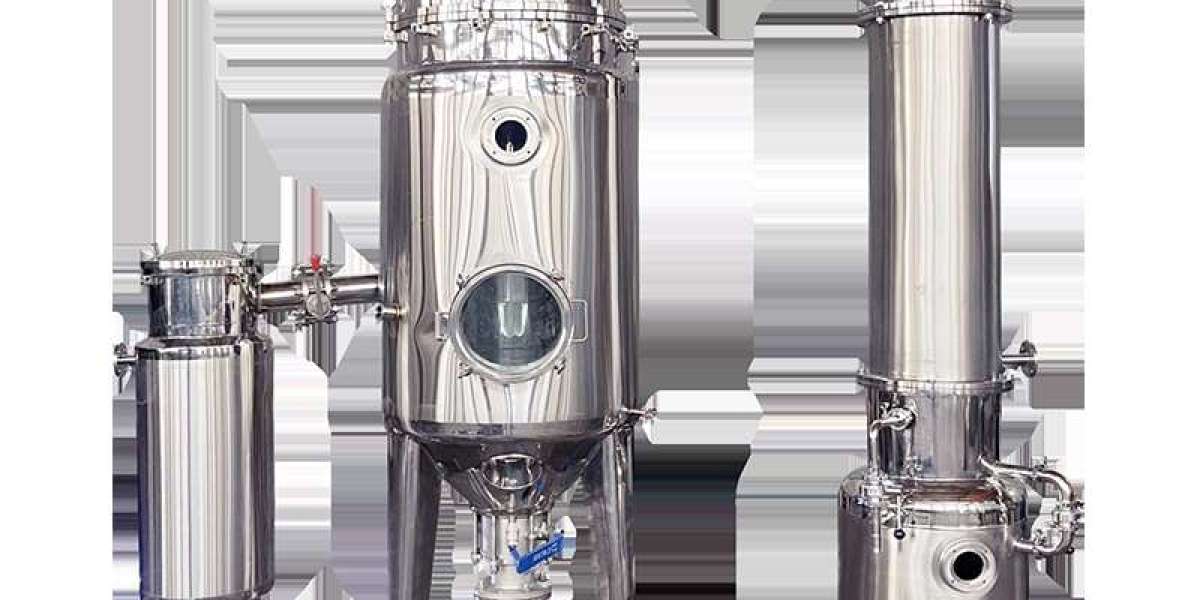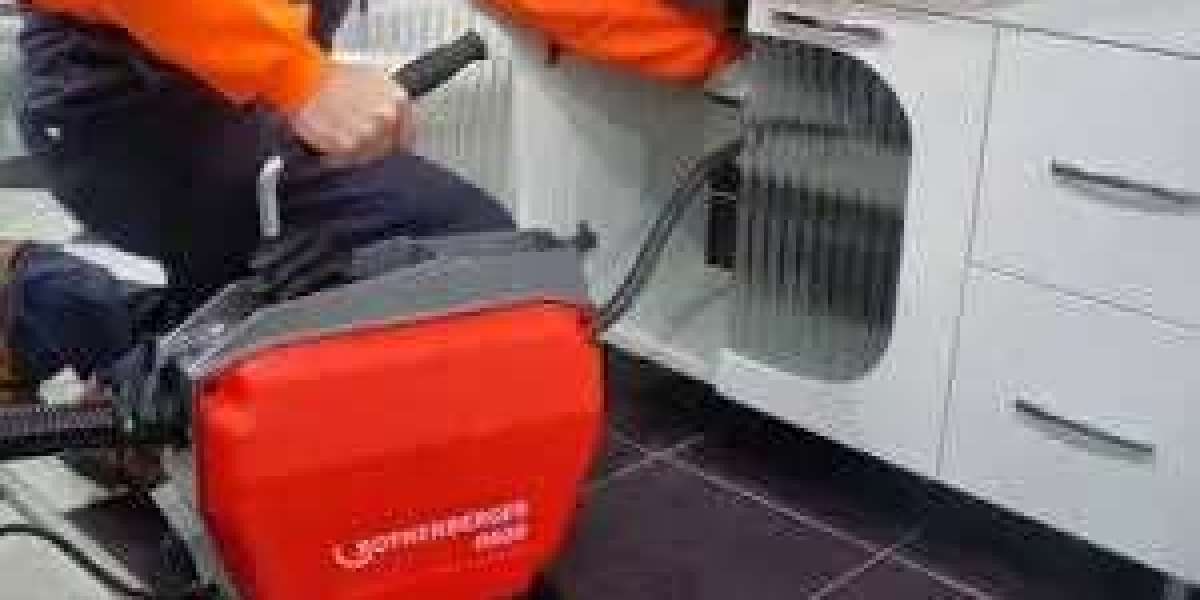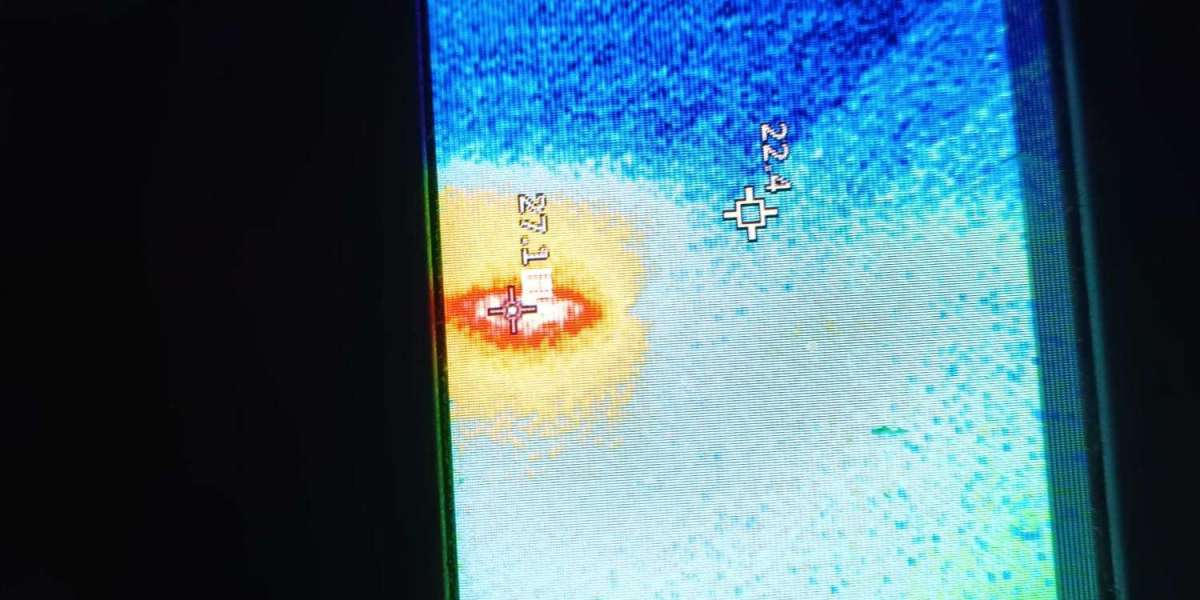Designing an effective mixing tank requires careful evaluation of multiple technical factors to ensure optimal performance. Engineers must consider the physical properties of materials being processed, production scale requirements, and operational conditions when specifying mixing tank parameters. These decisions significantly impact blending efficiency, energy consumption, and final product quality.
The selection of agitation systems represents one of the most critical design choices for mixing tanks. Different impeller types create distinct flow patterns - radial flow turbines work well for dispersion tasks, while axial flow propellers suit bulk blending applications. Multiple impellers may be installed in taller mixing tanks to ensure uniform composition throughout the vessel. Variable frequency drives allow operators to adjust agitation intensity as processing needs change.
Tank geometry profoundly affects mixing performance. The ratio of diameter to height influences circulation patterns and blending efficiency. Baffles are typically installed to prevent vortex formation and improve overall mixing effectiveness. The bottom shape - whether flat, dished, or conical - impacts drainage characteristics and cleaning accessibility. These geometric factors must be balanced against facility space constraints and processing requirements.
Material compatibility represents another essential consideration for mixing tank construction. The vessel must withstand not only the processed materials but also cleaning agents and sterilization methods. While stainless steel suits many applications, specialized linings or exotic alloys may be necessary for corrosive substances. Transparent viewing ports or sight glasses enable visual monitoring without compromising system integrity.
Modern mixing tanks increasingly incorporate sophisticated control systems for precision operation. Automated sequences can manage complex blending protocols with minimal operator intervention. Integrated sensors monitor critical parameters like temperature, density, and phase separation, allowing real-time adjustments. These advanced features help maintain consistent product quality while optimizing energy usage and processing time.
As processing requirements become more specialized, mixing tank designs continue evolving. Energy-efficient motors and optimized impeller designs reduce power consumption. Modular systems facilitate easy reconfiguration for different products. By carefully considering all these factors, engineers can develop mixing tank solutions that deliver reliable performance while meeting specific industry needs and regulatory requirements.








